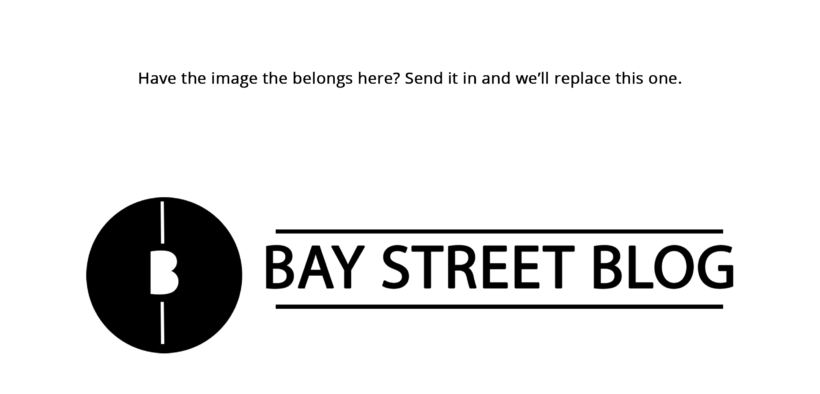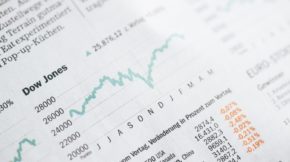The Market Prediction of Virtual Reality: Is the Future Now?
Share

Virtual reality continues to make headlines early in 2016, with news breaking today of Apple hiring one of the top researchers in the field, Doug Bowman. Bowman was director of human-computer interaction at Virginia Tech for five years, before joining Apple (Financial Times).
Apple’s entry into the consumer VR space further reveals the confidence the world’s most successful tech companies have in virtual reality. Interestingly, however, Apple is late to the party as far as billion dollar companies investing heavily in VR goes. Samsung, Alphabet (the parent company of Google), Sony, and the joint venture of Valve and HTC, have already made vast investments.
Sony, a company on the brink of bankruptcy, is banking on the combined efforts of the surprisingly successful PlayStation 4, and its PSVR peripheral to help the company return to the forefront of innovation. Microsoft revealed last year its “Hololens,” which unlike standard VR, incorporates the world around the user by rendering objects on furniture, the walls, the floor, or floating in the air. It was actually Japanese video game staple Nintendo that first saw the prospects of VR, way back in 1995, however the technology was just not advanced enough at the time, and the headset was a massive failure (Tech Crunch).
It was Oculus, 17 years later, that got the ball rolling on VR. Oculus showed that consumers were already clamouring for the new technology, as their crowd-funding initiative reached $1 million within 36 hours of going online. It continued to surge past all goals and expectations, ending at just under $2.5 million. Then, less than two years later, the company was bought by Mark Zuckerberg and Facebook, for a staggering $2 billion (The Verge). With 80% of young internet users interested in VR, Goldman Sachs is predicting the VR industry to be worth $80bn by 2025, or as high as $110bn.
However, just how will consumers even utilize VR? Currently, demonstrations highlight the life-like 360-degree field of vision capable with VR. You can be fully encapsulated in a virtual world, able to look around by turning your head as normal. 360-degree cameras make it possible for movies to be shot for VR, allowing you to explore the action around you. Imagine being at the Super Bowl, live, with sideline seats, rival fans chanting their team’s name in your ears. Or, you could be sitting in the audience for the Grammys, or for the next Drake concert. As far as AR is concerned, the Hololens can make it possible to develop 3D models of prototype products, or for the everyday consumer, you can Skype call someone that becomes a hologram inside your living room.
And guess what? You can go buy a VR headset today. Google’s Cardboard headset works with a wide range of Android smartphones and can be purchased for under $30. When the Samsung Gear VR is back in stock, you can buy that for only $99.
Writer: Lalit Sharma
Stocks mentioned: AAPL, Samsung, GOOGL, SNE
Disclaimer: All investing can potentially be risky. Investing or borrowing can lead into financial losses. All content on Bay Street Blog are solely for educational purposes. All other information are obtained from credible and authoritative references. Bay Street Blog is not responsible for any financial losses from the information provided. When investing or borrowing, always consult with an industry professional.






Bay Street Blog Newsletter
Click here to subscribe for a financial savvy experience.
Please check your email to confirm subscription!